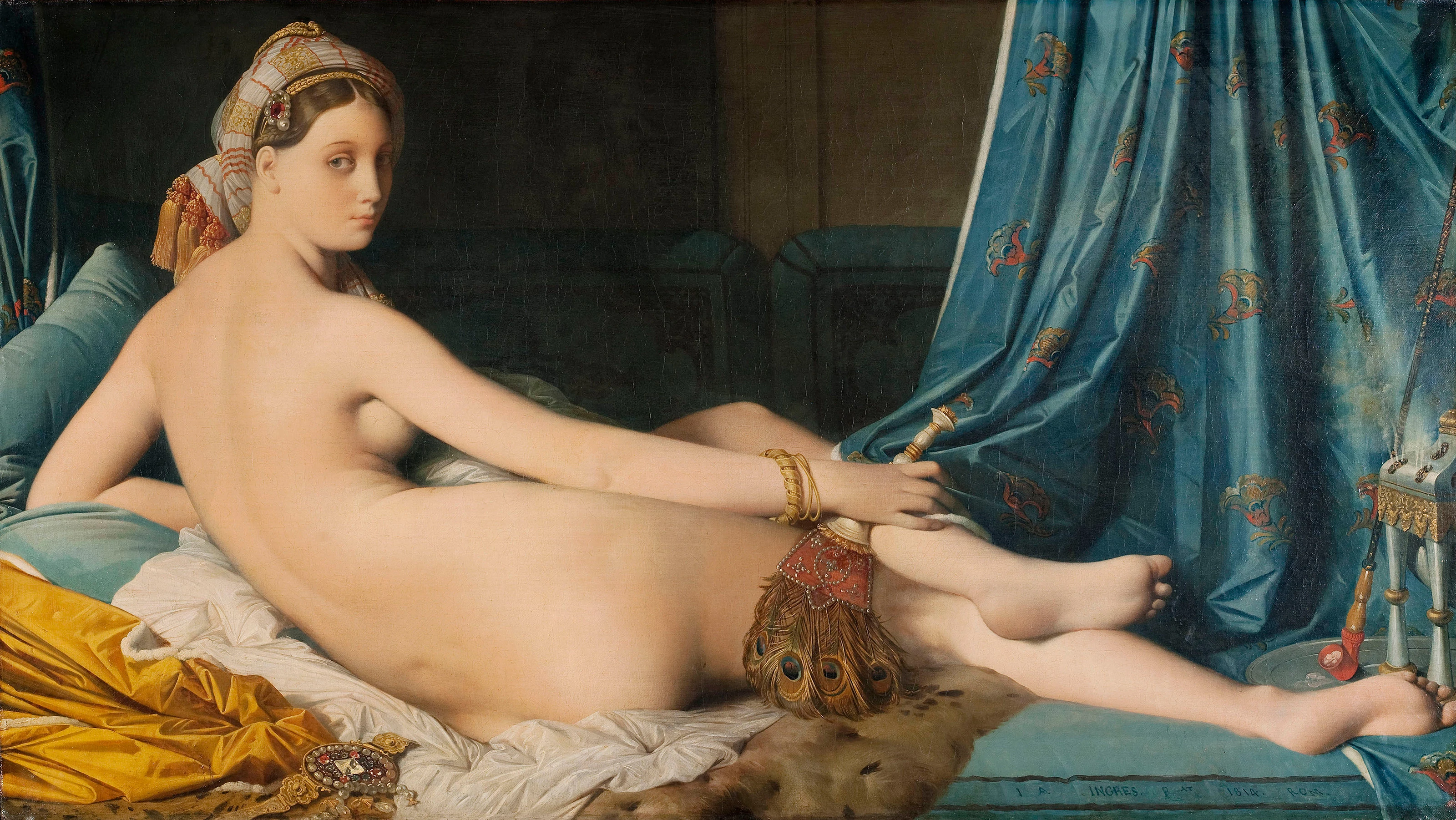
Grande Odalisque Jean-Auguste-Dominique Ingres, 1814
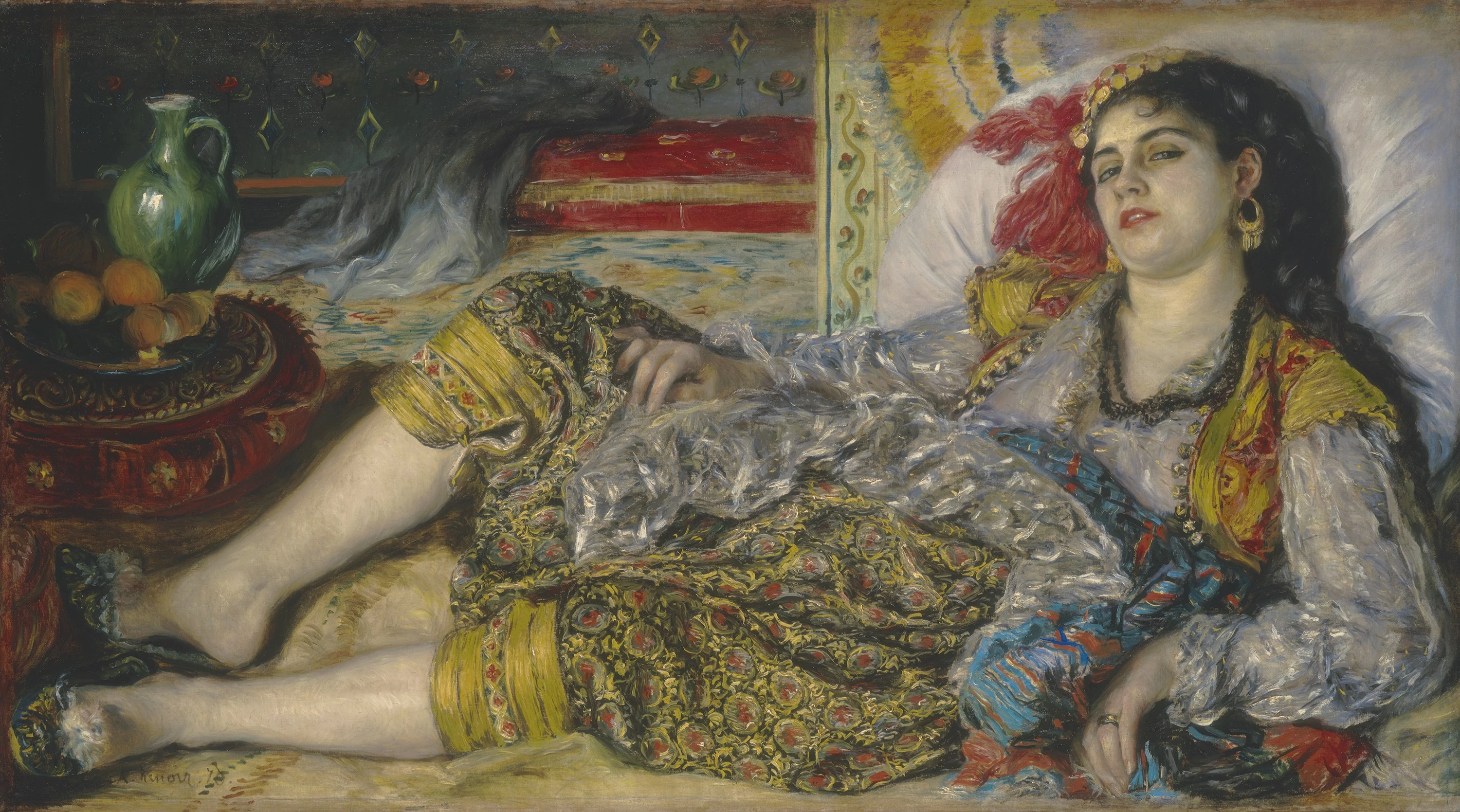
Odalisque Pierre-Auguste Renoir, 1870
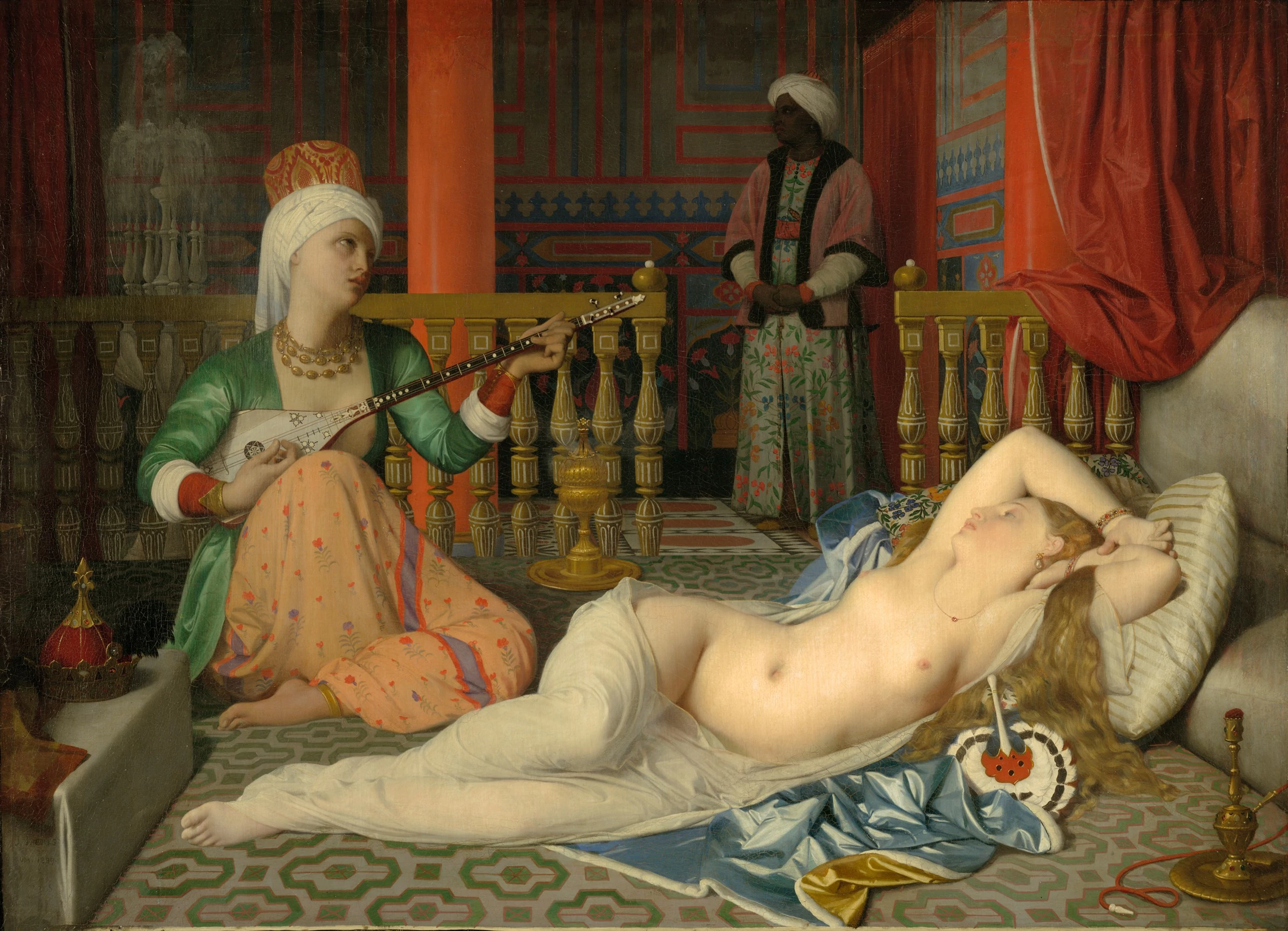
Odalisque with Slave Jean-Auguste-Dominique Ingres, 1839
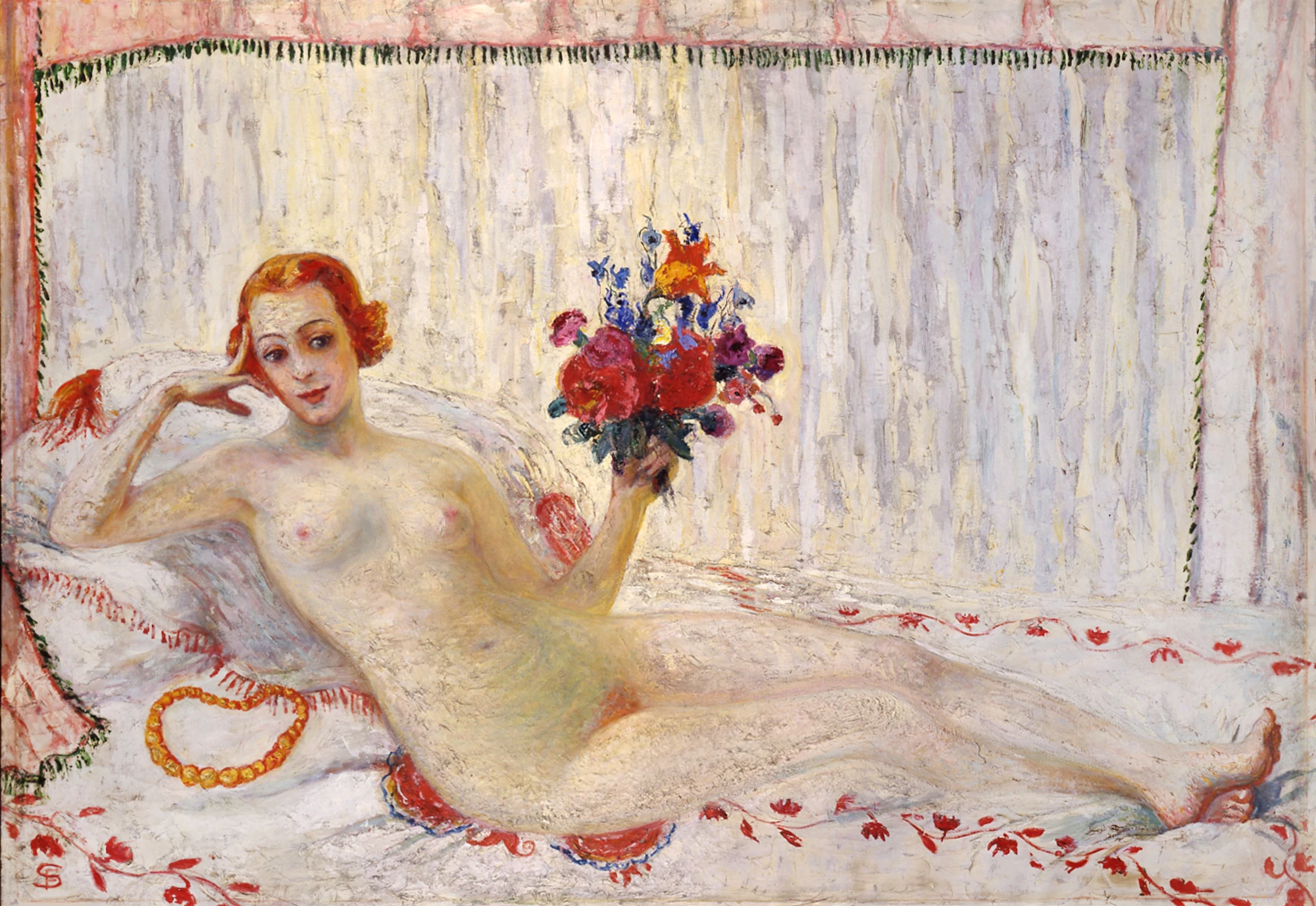
Self-Portrait Florine Stettheimer, 1915
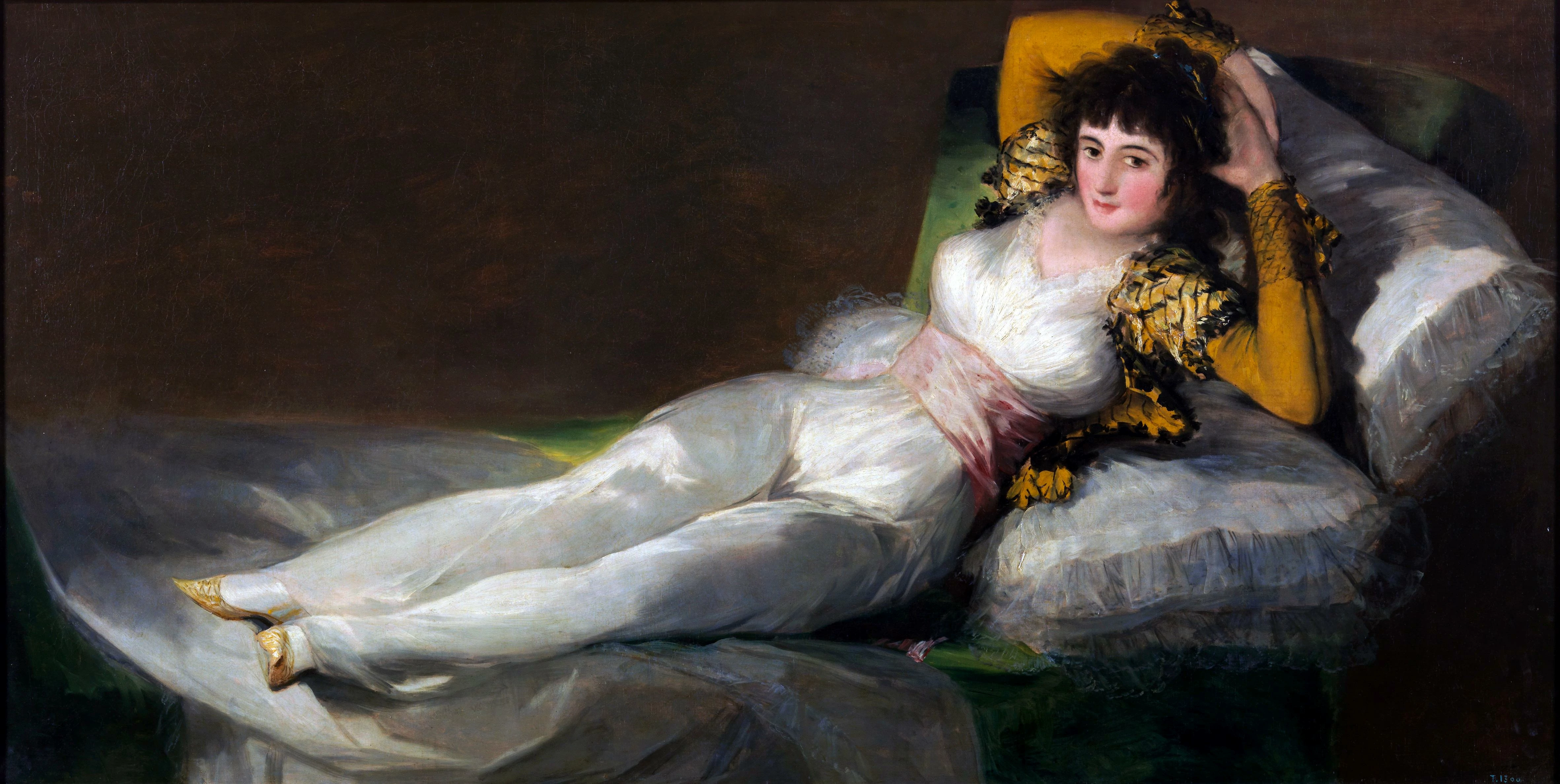
The Clothed Maja Francisco de Goya y Lucientes, 1800
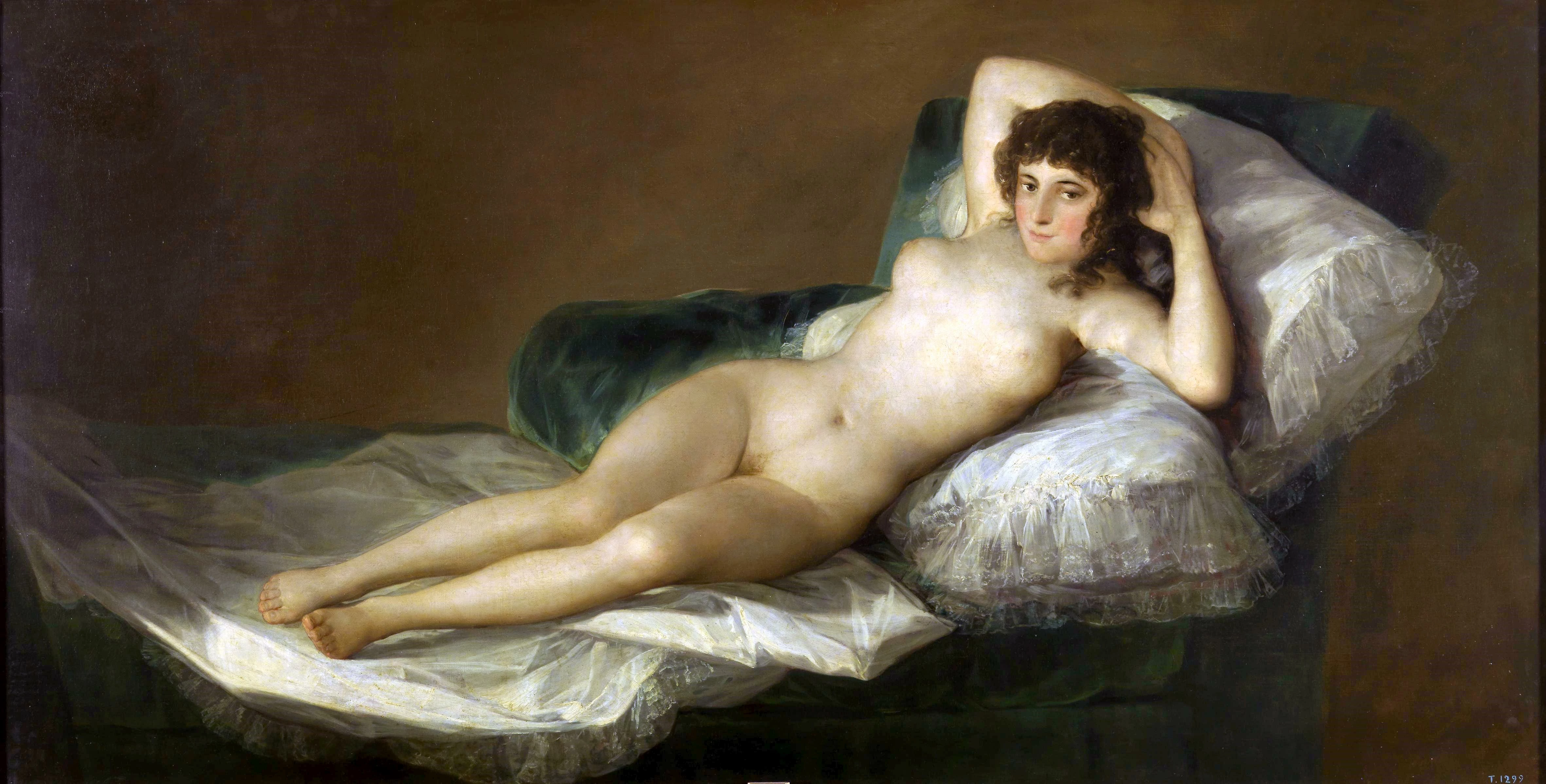
The Odalisque exists at the intersection of cultural othering and female exploitation. Ooof. The term is from the Turkish word اوطهلق, or odalık, meaning ‘attendant of the female court,’ specifically the harem of an Ottoman sultan. Nothing excited western artists during the 19th century’s obsession with orientalism like the idea of a room full of women dedicated exclusively to the service of a powerful man, so the word odalisque became the catch-all for portraits of langorous, sexually available nude concubines, reclining on couches in sumptuous palaces.





